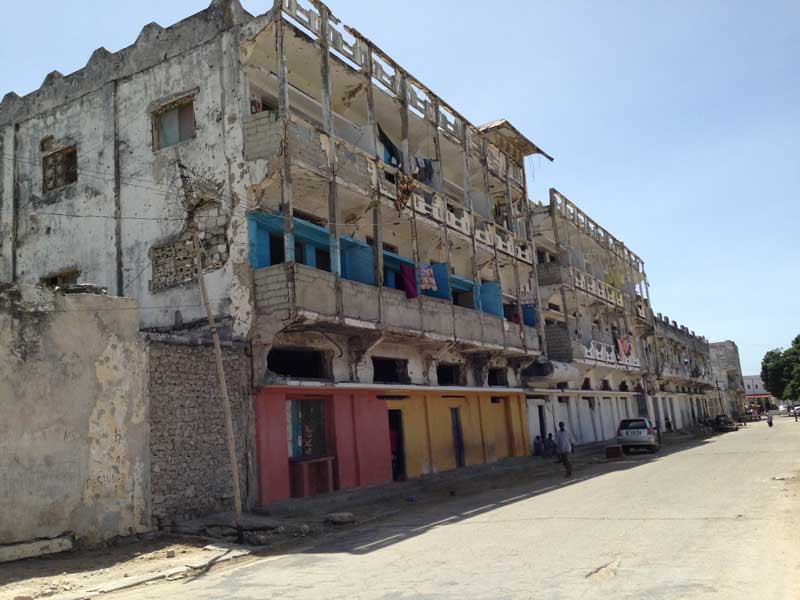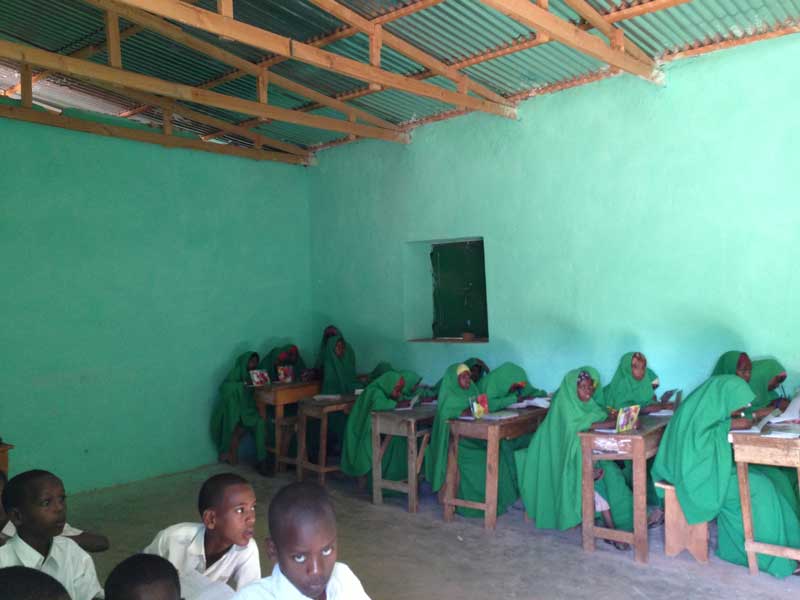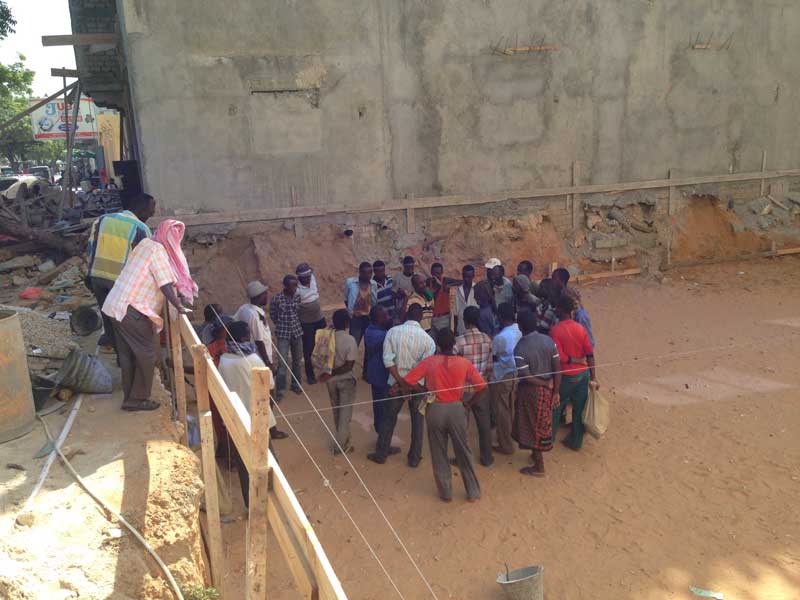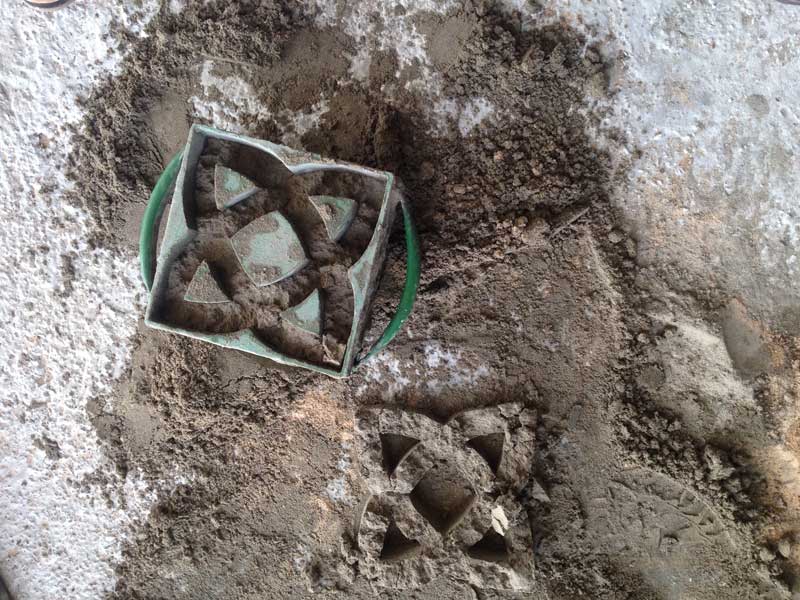
Under demand
AbdulFatah Adam
“What is the city today, for us? I believe that I have written something like a last love poem addressed to the city, at a time when it is becoming increasingly difficult to live there.” Italo Calvino on ‘Invisible Cites.’ The conception of contemporary architecture relies very much on the ways in which art and […]
“What is the city today, for us? I believe that I have written something like a last love poem addressed to the city, at a time when it is becoming increasingly difficult to live there.”
Italo Calvino on ‘Invisible Cites.’
The conception of contemporary architecture relies very much on the ways in which art and culture intervene in the conversations and debates about the modern city. The paradigm of the contemporary African city in this context, Nairobi and Mogadishu specifically depends wholly on the ever changing worldview of what Africa is, what an ‘African’ is and most importantly where Africa seeks to define itself in the context of its constant conflicted reference to the West. African architecture has had a protracted engagement with the natural and material sciences – what it is experiencing now is not an organic transition but rather the constant morphing of the persona of the architect, the actor in this instance, from artist, to draftsman, to cultural consultant and occasionally in the inane role of plumber, electrician or mason.
In Africa, the architect encounters cities facing, today, the crises of post war Europe or America. These are cities long deemed incapable of meeting the demands of societies in rapid expansion but still in a constant rush to add to a concrete melee that grows more and more entangled by the day. Cities ravaged by war and economic crisis which insist on expanding along the grain and every day continue to attract immigrants from all over an engagement forced by multiple circumstances, often urgently and without the foresight that is an urban planners dent. Government task forces and professional urbanists are constantly engaged in discussions about urban revitalisation, while the architect on the ground lays slab after slab to keep up with the demand of cities constantly on the rise.

We observe two cities, growing in tandem but confronting distinct realities. Mogadishu builds against the living legacy of a thirty year war that has ravaged a once beautiful landscape there the architect is challenged to create an experience of the land that is aesthetically rehabilitative, responding constantly to physically traumatic realities. Nairobi on the other hand attempts to erase the heavy memory of apartheid. A city built as the ideal manifestation of racial classification, the architect has the heady task of creating an environment where the city’s denizens are mobilised into a tangible social mobility, contrary to the historic restrictions of their environment.
In thinking about the possibility of architecture to profoundly alter the makeup of individual nations and the world order more broadly it is the architect’s challenge to seek out new coordinates for architecture after the exhaustion of the impositions of the modernist movement on a landscape such as this. In that respect the architect is pushed to question the purpose of architecture in the physical context, to begin with, and moreover in the metaphysical context frankly to examine the genesis of movements for which there is often little motivation beyond urgency and necessity.
It is in these ways in which the architect comes to stand precariously on untested ground. He becomes both urban planner and design theorist to a new age of architecture fitted to the social realities of a modern Africa. One where the landscape is advised by both the residue of colonialism – a long and dark legacy – and the neo “Afropolitan” fantasy which merges a savvy Africa on the move with a returning diaspora that brings new perspectives of the West perspectives which are no longer heavy with the inheritance of war, drought or hunger.
The architect designs for spaces in which trauma is deeply imbedded in the physical archive. A ‘spatial therapist’ his work does not end on his computer screen or on his drafting board. He is challenged to engage the spaces in which he works in a constant discussion of past disturbances pitted against the promise of a brighter future. In every way he is challenged to recreate the narratives of spaces whose history cannot be determined but yet are hungry to build a future rooted in a glorious past.

To these changing realities he is obliged to adapt by using a thoroughly interdisciplinary approach, one that reaches beyond the concept of form in order to include technical, economic, social and political needs in urban design discussions. In this respect he is obliged to form collaborative creative relationships with artists of various disciplines engaging conversations across mediums to inform what he then manifests in his construction of a lived reality. In engaging cross creatively the architect, as the creator of tangible or literally concrete spaces becomes in his realm the primary incubator of artistic thought building the infrastructure in which culture is able to thrive.

Here we step away from the utopic fantasy of architecture where the architect designs for a demystified context. Immersed in the chaos of modernity the architect builds a response, often facing off and challenging business monopolies, politicians and developers. In this respect utopia becomes a question of engagement – an ethical and social stance or commitment towards creating worlds that respond to the needs of their populations rather than imposing a physical scope on urbanites and urging them into a reluctant and impractical adjustment.